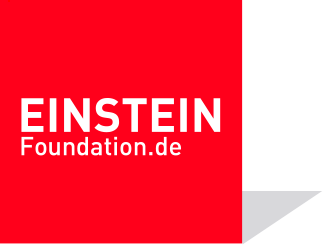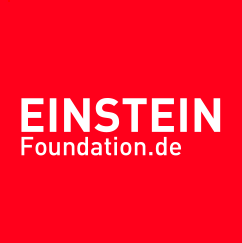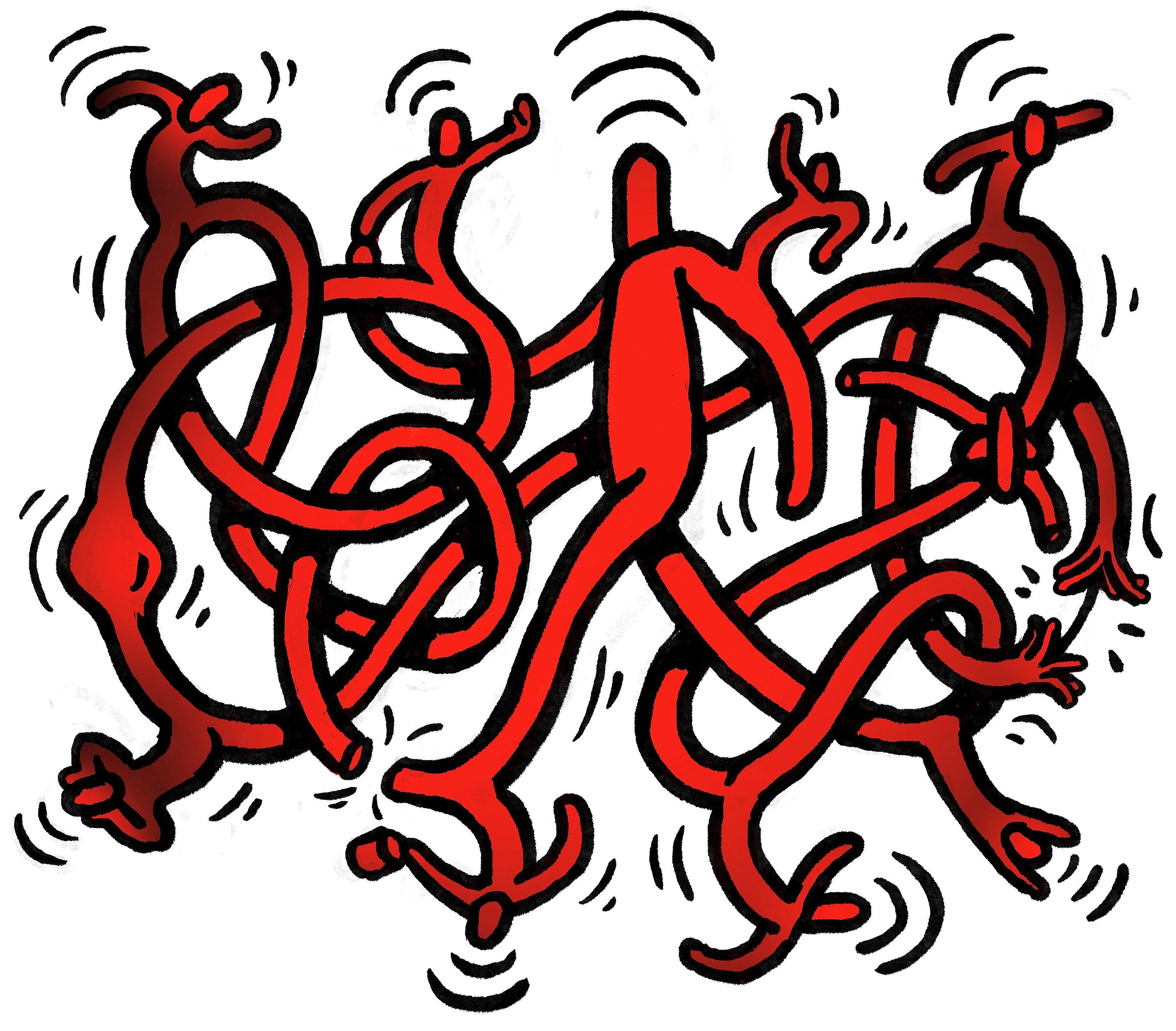If you look at a city map, you can see a network of streets and intersections on which vehicles and pedestrians can move around. For me as a mathematician, such dynamic networks – in which information as well as energy can flow – are combinatorial objects. In them, we encounter mathematical optimization problems, such as traffic congestion levels, evacuation routes, or freight efficiency.
In our daily lives, we see questions of optimization everywhere: How, for instance, do I control the heating in my home to save energy? What is the best order to complete a particular set of tasks in? Or what is the fastest way to get home? Wanting to do something in the best possible way is, I believe, a core human attribute.
Road traffic is a very interesting optimization problem, because so many actors are involved and so many interrelationships are formed. Each road user makes their own decisions independently of others or perhaps while being observed by others.
In mathematical models, we simulate rules in such networks and then observe how the performance of the system as a whole changes. What happens, for example, when each road user acts only in their own best interest? And what happens when they consider the common interest? To answer these questions, we also use concepts from game theory.
Of course, reality is much more complex than our models. Each road user acts according to different criteria – one might stop at a red light while another doesn’t. That’s why we always make simplifying assumptions. A computer could, in principle, simulate the full complexity of reality, but then we can no longer make any meaningful predictions. As a mathematician, I’m much more interested in gaining a structural understanding of my environment.
My biggest frustration is when I don’t understand something. Which is why I try to thoroughly investigate everything I observe. In doing so, I advance the discipline of mathematics and, ideally, some part of the real world out there too. By itself, the power of mathematics is rather limited, but when we step into interdisciplinary contexts, we can push these boundaries quite a bit and change the world.
At the MATH+ Cluster of Excellence I work with the transportation researcher Kai Nagel on road traffic optimization problems. With so-called next-generation networks (NGN), we attempt to model humans’ complex behavior while integrating real-time data and manifold connections. We develop algorithms that can solve optimization problems in such networks faster and better than has been possible to date.
Through our work in transportation science, we are connected to policy makers, who are interested in optimizing designs for future transportation networks or evacuation routes, for instance. Our simulations are able to predict the consequences of their proposals. At MATH+ we also have collaborations between mathematicians and researchers in the fields of biology, medicine, or the humanities, for example in the case of archaeologists who want to understand how road networks developed in classical antiquity.
When I think about mathematics, my mind enters a different realm. It’s as if I dive into a film set in a utopian world. When I’m not in my mathematical mindset, I enjoy making music. I’m an avid cellist. Music is another world full of beauty that I can retire to. I think music’s essence is mostly closed off from mathematics. It’s a place where nothing needs optimizing.


